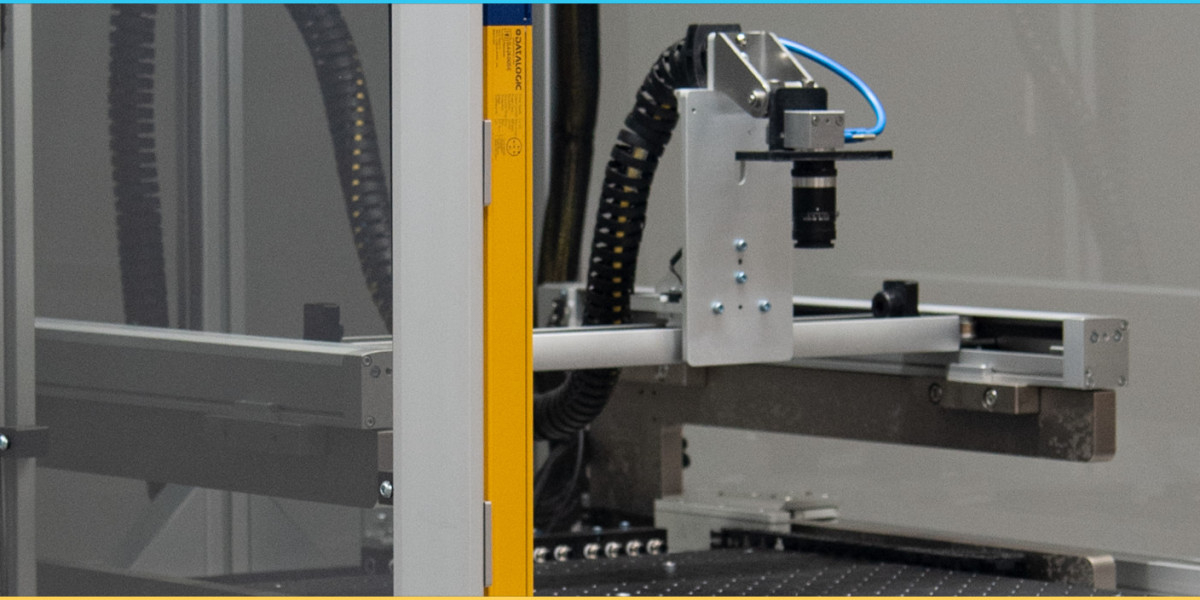The aerospace and aviation industries have always been at the forefront of technological innovation. One of the most significant advancements in recent years is the integration of vision automation, which has revolutionized various aspects of the industry. This article explores the role of vision automation in aerospace and aviation, highlighting its impact on safety, efficiency, and overall performance.
Vision Automation: A Game-Changer in Aerospace and Aviation
Vision automation, also known as computer vision, involves the use of cameras and advanced algorithms to enable machines to "see" and make intelligent decisions based on visual data. In aerospace and aviation, this technology is utilized in a multitude of applications, transforming traditional processes and setting new industry standards.
Enhanced Safety and Maintenance
Safety is paramount in the aerospace and aviation sectors. Vision automation plays a crucial role in enhancing safety by automating various tasks related to aircraft inspection and maintenance. Here's how:
Automated Inspections
Aircraft inspections are meticulous and time-consuming tasks that require pinpoint accuracy. Vision automation systems can autonomously scan the exterior of aircraft, identifying surface imperfections, dents, and cracks with precision. This eliminates the possibility of human error and ensures that any issues are detected and addressed promptly.
Predictive Maintenance
Vision automation can predict potential maintenance issues before they become critical. By continuously monitoring aircraft components and systems, it can identify wear and tear, corrosion, or any irregularities that may require maintenance. This proactive approach prevents unexpected breakdowns and enhances the overall safety of flights.
Quality Control
Manufacturers in the aerospace and aviation industries use vision automation for quality control during the production of aircraft components. It ensures that parts meet stringent quality standards, reducing the likelihood of defects that could compromise safety.
Improved Navigation and Guidance
Aircraft navigation and guidance systems have benefited significantly from vision automation. Here's how these technologies are used to enhance performance:
Enhanced Situational Awareness
Vision automation systems provide pilots with real-time visual data, improving their situational awareness. This information includes terrain mapping, weather conditions, and other critical data that aids in decision-making during flights.
Autonomous Landing and Takeoff
Some aircraft are equipped with autonomous landing and takeoff systems that rely on vision automation. These systems enable planes to safely land and take off without human intervention, reducing the risk of accidents and optimizing flight schedules.
Collision Avoidance
Vision automation technology is used for collision avoidance systems, which help aircraft detect and avoid potential collisions with other objects in their flight path. These systems are especially valuable in congested airspace and during low-visibility conditions.
Enhanced Passenger Experience
Vision automation isn't just about improving safety and efficiency; it also enhances the passenger experience:
In-Flight Entertainment
Airlines are increasingly using vision automation to offer passengers a more personalized in-flight entertainment experience. It can track passengers' preferences and adjust content accordingly, making flights more enjoyable.
Cabin Lighting and Climate Control
Vision automation is used to adjust cabin lighting and climate control systems to create a more comfortable and pleasing environment for passengers.
Efficient Boarding Processes
Airlines use vision automation for efficient boarding processes, from facial recognition for check-in to automated boarding gates. These innovations reduce waiting times and streamline the boarding experience.
Reducing Environmental Impact
The aerospace and aviation industries are under increasing pressure to reduce their environmental impact. Vision automation contributes to sustainability in the following ways:
Fuel Efficiency
Vision automation systems are used to optimize flight paths and reduce fuel consumption. By making real-time adjustments based on weather and air traffic conditions, airlines can reduce their carbon footprint.
Emission Reduction
Vision automation can help monitor emissions and ensure compliance with environmental regulations. By optimizing engine performance and reducing emissions, aviation contributes to a cleaner environment.
Challenges and Ongoing Developments
While vision automation has brought numerous benefits to the aerospace and aviation sectors, it is not without its challenges. These challenges include ensuring data security, addressing privacy concerns, and continued research and development to stay at the forefront of technology.
Conclusion
Vision automation has transformed the aerospace and aviation industries, enhancing safety, efficiency, and the overall passenger experience. As technology continues to evolve, we can expect even more innovative applications in these sectors, contributing to safer, greener, and more enjoyable air travel experiences. Vision automation is a testament to the industry's commitment to progress and innovation, making air travel not only faster but also more secure and sustainable.















